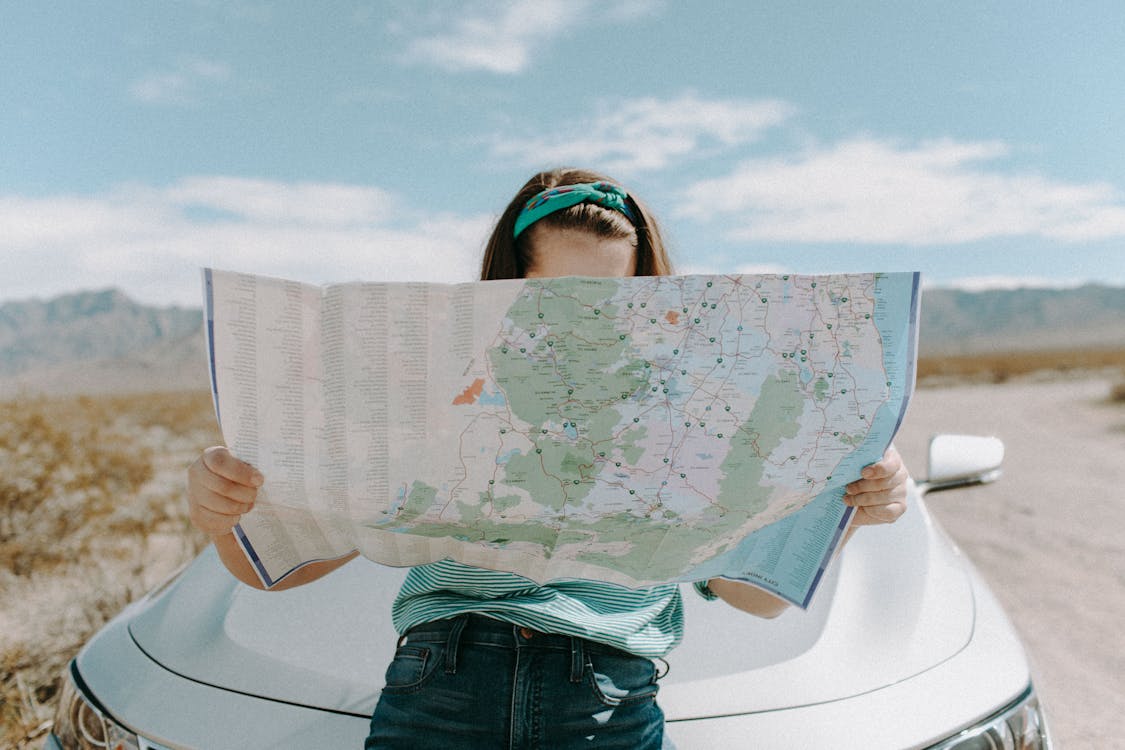Are you prepared to travel freely and discover the vastness of the United States? The best way to experience the nation's varied landscapes, history, and culture is on a road trip. However, organizing a road trip can be difficult, particularly if you want to include creativity, chance, and empathy in your excursion. You can use this guide to organize a memorable cross-country road trip.
Step 1: Choose Your Route
Selecting your route is the first and most important step. The key to organizing a random and varied road trip is flexibility and accepting the unexpected. Don't restrict yourself to particular locations; instead, concentrate on discovering the less-taken route. You can use Google Maps to help you map out your route and get an idea of distances and travel times.
Step 2: Create a Flexible Itinerary
Once you know your route, you should put together a flexible schedule. Make room in your schedule for spontaneity to incorporate creativity and randomness. Consider staying at a campground, RV park, or motel where you can make a last-minute decision to stay rather than making a reservation in advance.
Include a variety of unexpected activities in your itinerary, such as meeting interesting locals or visiting odd roadside attractions. Be open to new experiences and people as you explore your surroundings in order to develop empathy and emotional ties.
Step 3: Choose Your Modes of Transportation
Your experience on the road may be impacted by the vehicle you select. For a self-contained trip, think about renting an RV, or a convertible for an outdoor adventure. You can also include travel by bus, train, or bicycle in your itinerary if you want to use different modes of transportation.
Step 4: Pack Efficiently
When preparing your car for a road trip, prioritize versatility and essentials. For extended walks and hikes, bring lightweight, layerable clothing and comfortable footwear. Bring a first aid kit, some non-perishable snacks, and water bottles that you can reuse.
Pack a camera so you can document your adventure and preserve the memories.
Step 5: Budget Accordingly
Depending on your preferences, road trips can be cheap or expensive. Budget for food, entertainment, and unforeseen costs rather than opulent lodging or activities to maximize your trip and incorporate variety and randomness.
Final Thoughts
A haphazard and diverse cross-country road trip can be a transformative adventure. You can design an adventure that incorporates imagination, compassion, and unexpected experiences by using the advice in this article. Accept the journey and keep in mind that the adventure doesn't end at the finish line.
Step 1: Choose Your Route
Selecting your route is the first and most important step. The key to organizing a random and varied road trip is flexibility and accepting the unexpected. Don't restrict yourself to particular locations; instead, concentrate on discovering the less-taken route. You can use Google Maps to help you map out your route and get an idea of distances and travel times.Step 2: Create a Flexible Itinerary
Once you know your route, you should put together a flexible schedule. Make room in your schedule for spontaneity to incorporate creativity and randomness. Consider staying at a campground, RV park, or motel where you can make a last-minute decision to stay rather than making a reservation in advance.
Include a variety of unexpected activities in your itinerary, such as meeting interesting locals or visiting odd roadside attractions. Be open to new experiences and people as you explore your surroundings in order to develop empathy and emotional ties.
Step 3: Choose Your Modes of Transportation
Your experience on the road may be impacted by the vehicle you select. For a self-contained trip, think about renting an RV, or a convertible for an outdoor adventure. You can also include travel by bus, train, or bicycle in your itinerary if you want to use different modes of transportation.Step 4: Pack Efficiently
When preparing your car for a road trip, prioritize versatility and essentials. For extended walks and hikes, bring lightweight, layerable clothing and comfortable footwear. Bring a first aid kit, some non-perishable snacks, and water bottles that you can reuse.
Pack a camera so you can document your adventure and preserve the memories.

Comments
Post a Comment